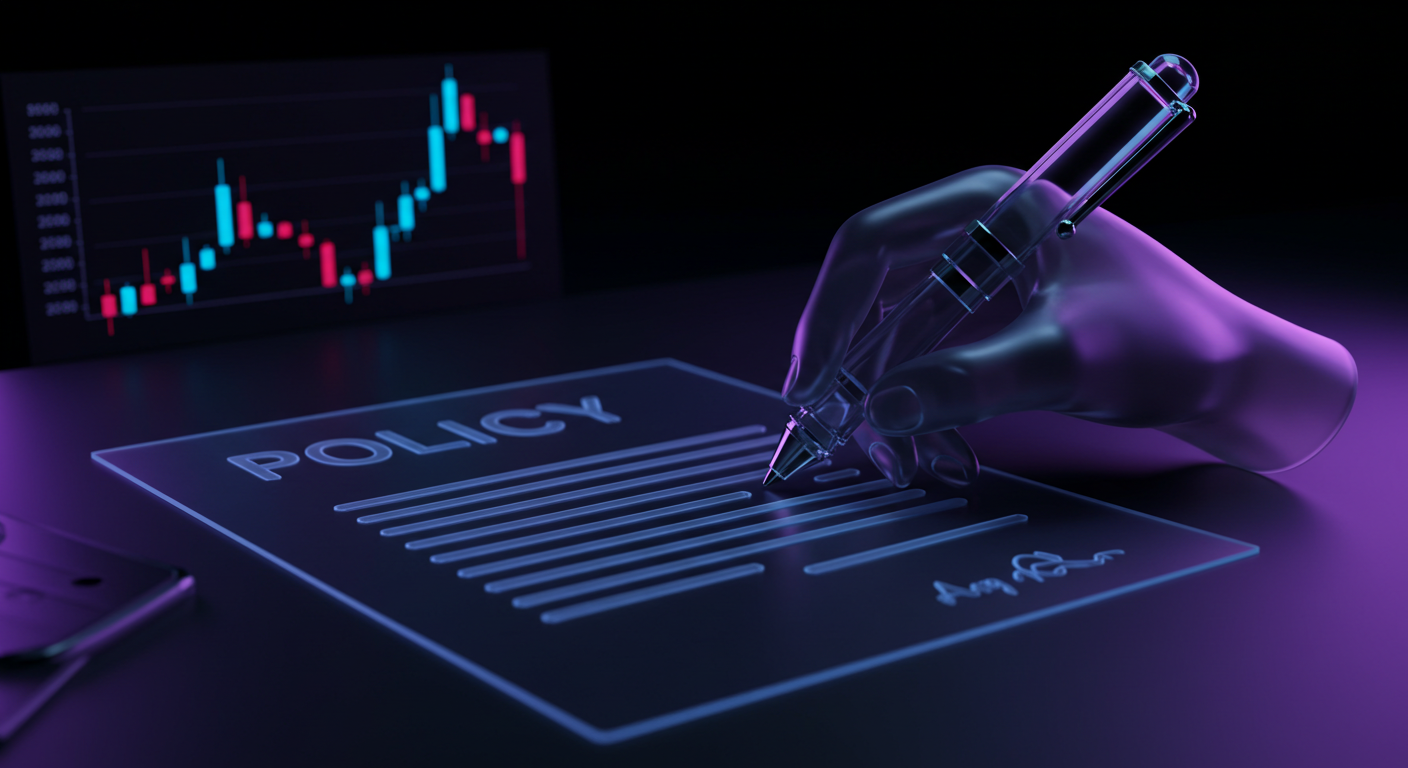
Minneapolis Fed President Neel Kashkari indicated that even small U.S. tariffs could disrupt trade, especially affecting farmers. He stated that various sectors are concerned about the impact of tariffs, whether set at 10%, 50%, or 100%.
Kashkari mentioned that U.S. trade and fiscal policies will influence long-term interest rates, emphasising the Fed’s aim to manage inflation. He expressed support for maintaining interest rates but signalled caution regarding rate cuts amidst tariff uncertainties.
Despite market volatility, Kashkari observed that trading remains stable and functional, predicting this pattern will persist.
Kashkari’s Concern on Economic Stability
The remarks from Kashkari point to a clear concern over the knock-on effects of tariffs on economic stability. When we consider his reference to “even small tariffs,” what’s being inferred is that seemingly minor policy changes at the federal level can have much wider effects than most assume, particularly among producers that depend on global supply chains. Farmers are the most obvious example as they often face direct price shifts in commodities when tariffs kick in, but the message extends beyond agriculture.
It’s also telling that Kashkari grouped together tariffs ranging from modest to extreme—10% through to 100%—to make the point that even the lower end can shift the balance. From a rates perspective, this matters because tariffs introduce price pressures that may push inflation upward or distort forward-looking inflation expectations. That, in turn, affects how long we might need to keep rates where they are.
He voiced what we read as restraint, cautioning against premature rate reductions while uncertainties tied to trade policy remain in motion. The job here, as he reflects it, is to balance economic support with attention to inflation dynamics—not an easy task when one arm of policy (trade) adds pressure and the other (fiscal) may pull in the opposite direction.
Stability and Market Dynamics
Despite these frictions, Kashkari noted that core trading functions continue to operate without interruption. For those of us operating in derivative space, this signals reliability in the basic plumbing of markets, despite what might look like flashpoints in the news cycle. That, by itself, is a valuable backdrop. The stability he points to—though not exciting—means volatility can be managed without needing to price in breakdown risk, at least not yet.
In the next few sessions, we should pay extra attention to any data hinting at tariff-led headline inflation or input cost rises. Additionally, we ought to watch how long-end yields react not just to Fed commentary but also to shifts in import pricing. Trade policy chatter, in other words, may begin to drive curve shape in ways that have nothing to do with central bank direction per se.
What we find ourselves doing is rechecking exposure to sectors that rely on imports or exports, particularly in structured products or calendar spreads. Against more stable short-term trading conditions, shifts in macro tone—especially if paired with hawkish statements—could open up new pricing inefficiencies across the curve that last longer than a single session.







